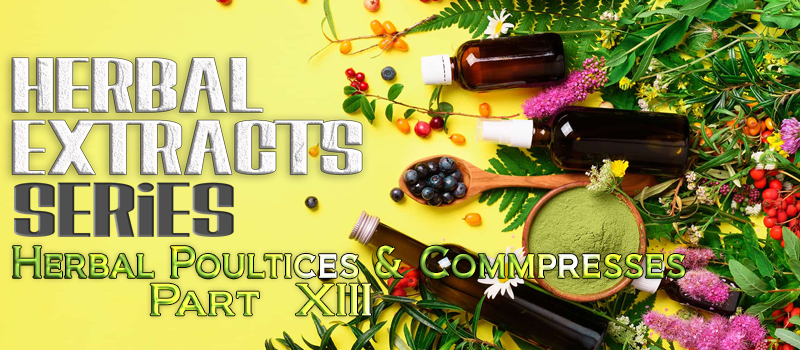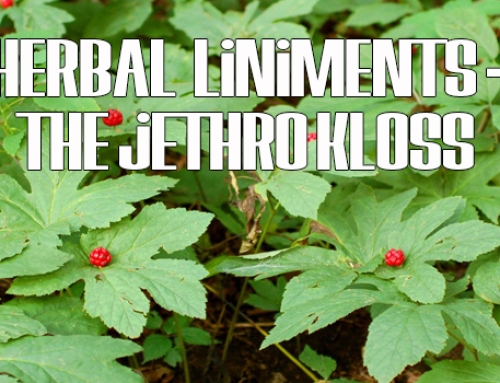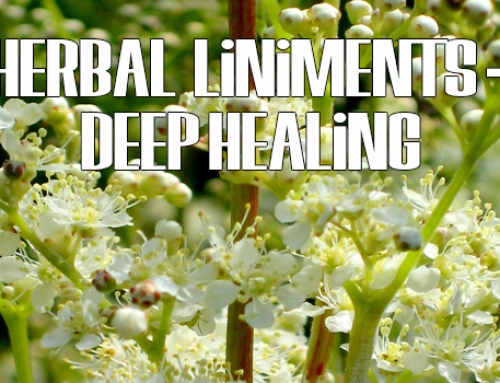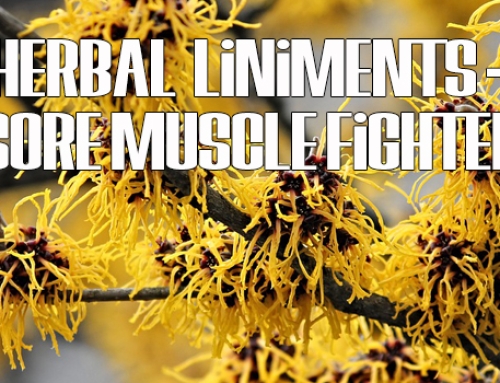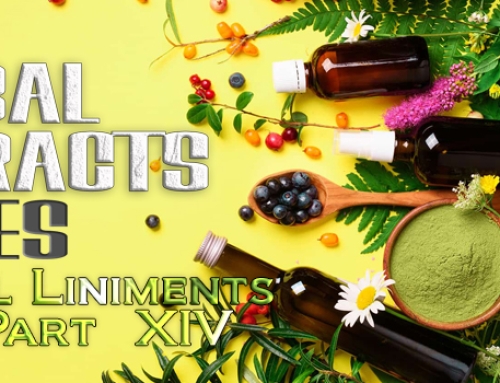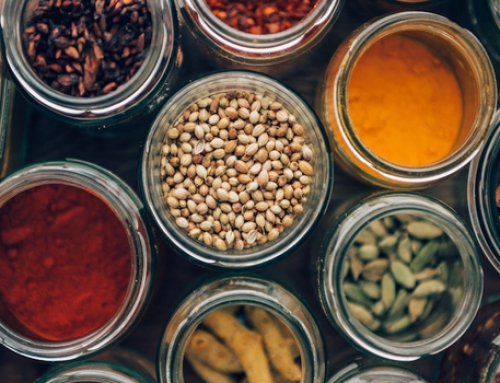What on earth are herbal extracts?
There are certain health promoting compounds that can be found in the plants around us, whether they be wild or cultivated. Herbal extraction is the process of drawing out the therapeutic components of a chosen herb or plant. In many cases, the beneficial compounds we want are tucked away within fibrous material of the plant that is challenging for our digestive systems to fully break down. You can use herbal extracts to help solve this problem by increasing bio-availability.
Each extraction can be singular (one plant or herb and concentrated compound) or there can be a combination of herbs together for a larger desired effect, but most of the time you will see these in a liquid based form ready to be ingested.
The liquid used to extract an herb is called a solvent or the carrier, or in traditional herbal language the menstrum. it is the means by which the wanted compounds can be best introduced to your bodily systems. Common solvents are water, alcohol, vinegar, and glycerin. Each solvent has specific things it’s good . . . and not so good . . . at drawing out, so you use different ones based on the type of herb you’re working with, and the desired effect you want have.
Here is the next type of extraction . . .
Compresses & Poultices – Part XIII
A poultice, also called a cataplasm, is a paste made of herbs, plants, and other substances with healing properties. The paste is spread on a warm, moist cloth and applied to the body to relieve inflammation and promote healing. Some can be spread directly on the skin.
A compress is a cloth, clean and sterilized as well as possible, soaked in strong herbal infusion that is applied to the skin to relieve soreness or inflammation associated with sore muscles, bumps, bruises, scrapes or other areas of concern.
Generally speaking, getting the full efficacy of the herbal compounds, there are better ways to apply and intake. Through tinctures, elixirs, and in creams or liniments. Either way each forms of external application are used for a variety of purposes. Most of which are laden on the skin (rashes, boils, severe sunburns, etc.). Others are skin adjacent, to draw out of the subdermal the infection, poisons or toxins.
How to Create a Poultice
Determine what herb or combination of herbs you need to get the desired effects. Just before putting them on the affected area, crush the elements to expose the inner contents of the herb. Mix them with the likes of water, honey or a natural oil like neem, coconut or olive oil until it makes a thick paste to the point where it is moist but not runny. Put enough of the material on a clean towel, bandage or sterile gauze to cover the affected area, and place it directly on the wound.
Keep it on the affected area for 20-30 minutes at a time, check to see if the skin or affected area is receiving the result desired and not having an adverse reaction. Replace and reapply as needed.
How to Make the Compress
There are three different types of compresses that can be used. The Warm Dry method, the Warm Moist, and the Cold Dry Compress. The first and the last are mainly for the area to increase circulation for the first and to reduce swelling for the last. They can have or not have herbal applications in the process. The second one, the moist warm version, is used primarily to apply the herbal remedy to the affected area.
As for the Warm Moist version of a compress, gently clean the area of concern. Brew a strong herbal tea (about 3-4 tablespoons of herb per cup of water) and strain it.
Next, dip a clean cloth into the tea (leaving a corner dry that you hold onto) and allow it to cool a little before squeezing out the excess liquid. Place the compress on the affected area and cover with a dry cloth. Relax for 10-20 minutes, then remove the cloth and clean the area again before patting dry.
Repeat as needed.
Here are a few poultices and compresses you can try as they are needed.
Poultice – Crushed Plantain Leaves for Toxins, Poisons & Infections
Poultice – Yarrow and Aloe for Healing of Burns on Skin
Poultice – Crushed Raw Onion for Chest Congestion and Lingering Coughs
Compresses – Moist Warm Version
In this series you will be able to see and gain recipes for your home apothecary remedies that will become the mainstay in your household. Here’s what you can see and learn more of:
- Teas – Infusions and Decoctions
- Tinctures
- Glycerite
- Herbal Syrups
- Herbal Oils & Salves
- Herbal Vinegars
- Herbal Honeys
- Oxymels
- Distillations
- Elixirs
- Electuaries
- Herbal Soaks
- Compresses & Poultices
- Liniments
Come and join us in bringing back the knowledge known by our ancestors and practiced for the health and benefit of those that came before us!

